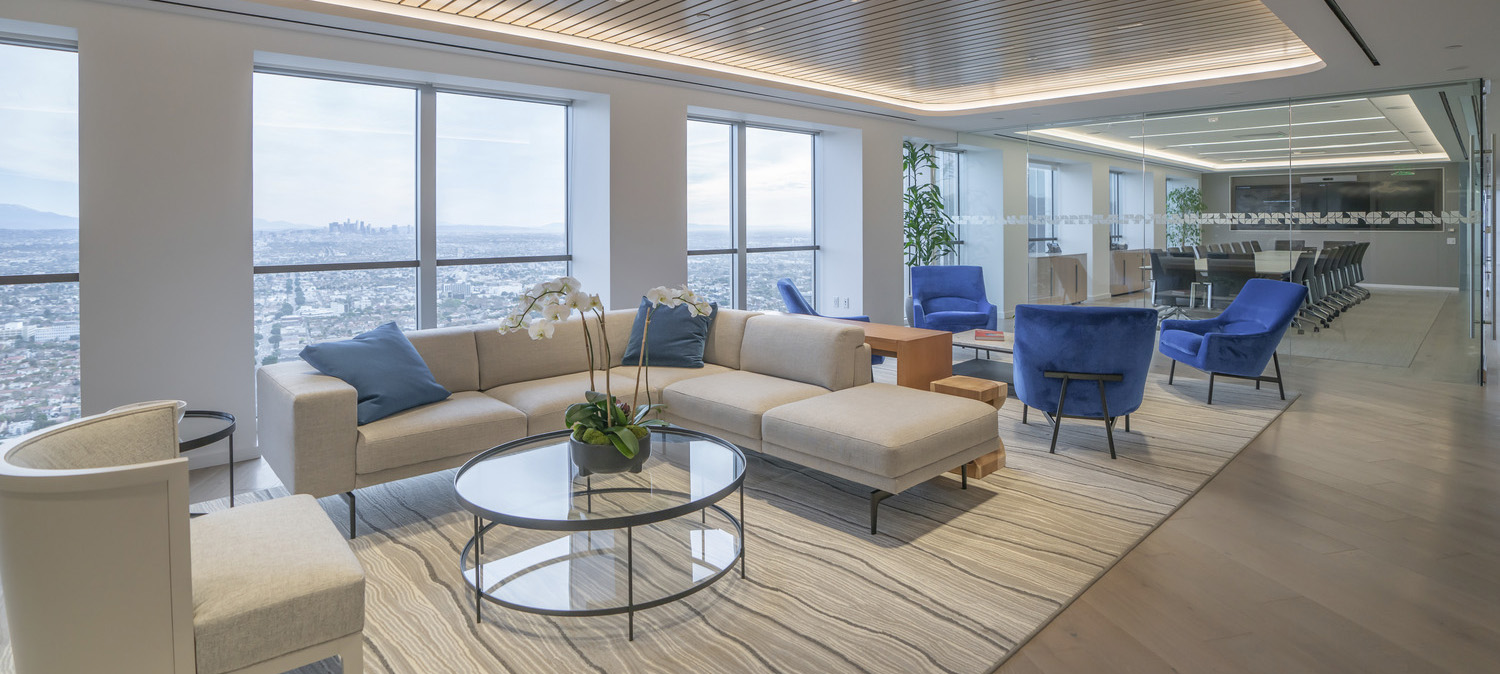


26 April 2022


By: Denise DeSisto
It’s not news to anyone that the expectations of life as we knew it have shifted – and the construction industry is no exception to these changes. While projects still demand high-end finishes, the availability of necessary products and materials has been unreliable at best. Since it appears these issues are not resolving anytime soon, project teams must turn to best practices to overcome supply chain delays in a world with an “I want it now” mentality.
Addressing Problems Before They Arise
To address the nation’s supply chain issues, general contractors must proceed with awareness that long lead times are inevitable, and must be factored into the planning of a project. From the initial drawings, to the final delivery, communication amongst the project players is key to providing an exceptional product in the most cost efficient and timely manner possible. Teams must create processes to mitigate potential delays. For example, Project Managers have to be familiar with and transparent about items that will have long-lead times. If any of these products are essential to the sequence of building the project, they must be pre-purchased as quickly as possible. If a general contractor encounters a project including elements that will not arrive within proposed schedule, it should be immediately brought to the attention of the client along with recommended temporary solutions or alternatives.
Clune recently encountered this challenge when two critical elements of a project couldn’t be procured before the project’s end date. The team gave the client the option of pushing the project start to a date that would work with the tracked lead times, or continuing with the proposed schedule using temporary solutions. This would require having the team come back at a later date for the installation of the permanent pieces. While these solutions were not ideal, they addressed the problem upfront, allowing the client to proceed with the best course of action for their space.
Managing Unavoidable Issues
Even though the supply chain is currently a primary cause of delays on project sites, “supply chain issues” is no longer an acceptable answer to give clients if they ask about delays. Project teams must be more inquisitive with their suppliers on what exactly is causing the delay. Once the specific issue causing delays is identified, it is the teams’ responsibility to navigate alternate ways to solve the problem. It is important for a general contractor to come up with not one, but multiple backup plans in the current environment.
For example, say a supplier is supposed to provide a complex deliverable for a project, but their lead time is multiple months out. When asking for detail, the general contracting team discovers that only a small component of the deliverable is causing the delay, but the rest of the product is ready for shipping.
All of these plans allow for the continuation of the project without causing major delays in the overall completion.
Creative problem solving is another key to a successful project. For instance, Clune encountered a six-to-eight month minimum lead time on metal deck material that was required for a project in Coachella, CA. Instead of surrendering to the lengthy delays, the team reached out to a wide range of providers, and was able to secure the needed metal. By working with this alternative supplier and the client, it was determined that the metal could be secured before the project even began. This kind of outside-of-the-box thinking can make all the difference on a project.
Recommendations and Risks
There are multiple options for maintaining a desired schedule, but none of them are without risk. These include sourcing from local vendors, ordering in advance with early released trades, or selecting alternates. Sourcing from local vendors is a great idea, but it has challenges of its own. Local vendors often do not have all of the materials required for a project. They also may not have a large enough supply on-hand as local demand tends to be smaller than corporate demand.
If advance ordering is the determined method to avoid delay, the client and project team must be aware of potential edits to the project’s final drawings. If this happens, the team could be stuck with product that’s no longer needed. Some companies will allow material returns, but some may not be willing to reshelf the product. Typically, the reward for this strategy outweighs the risk, but the practice must be determined on a project-by-project basis.
Lastly, choosing alternative items has the risk of adding unforeseen costs to the project or introducing varying levels of quality. If choosing this route, construction and design teams must work closely to determine that the alternate item doesn’t change the design intent and will provide the same level of functionality.
Overall, pre-planning is the best method for a seamless project. But as always, maintaining flexibility and communication through the duration of the project is critical in overcoming supply chain issues.
Any End in Sight?
Everyone wants to see a decline in supply chain issues and a return to normal lead times. However, it’s unlikely there will be resolutions this year or even next. Manufacturers and policies outside of the US are causing a majority of these delays. With an unsteady global geopolitical climate, there is no guarantee when we will get back to typical standards. There are varying opinions on when stability can be expected, but the market is currently estimating around 18-months before the supply chain can begin to recover. With that in mind, general contractors, as well as other project team members, must proceed with mindfulness and preparedness to face these issues head on.